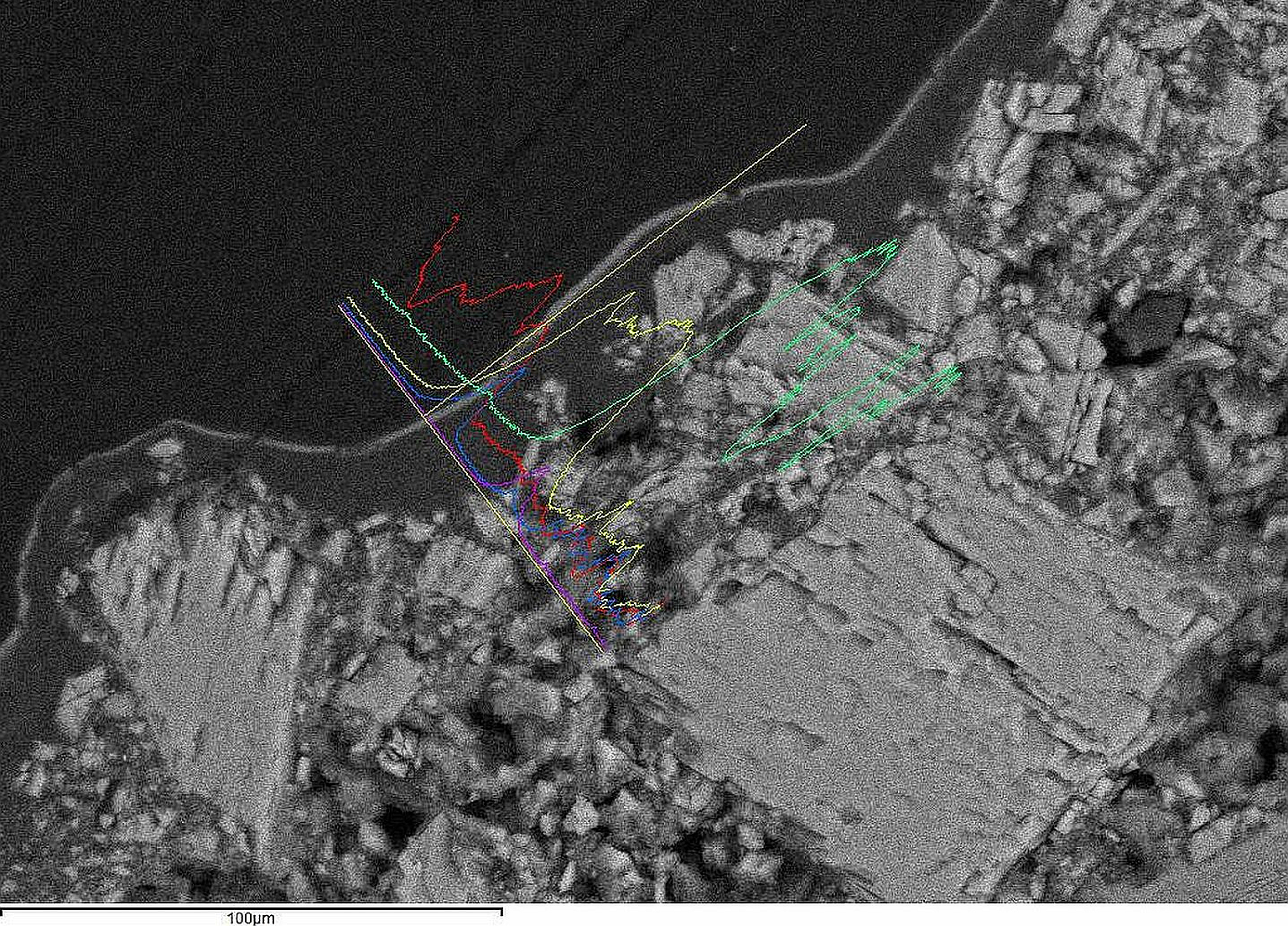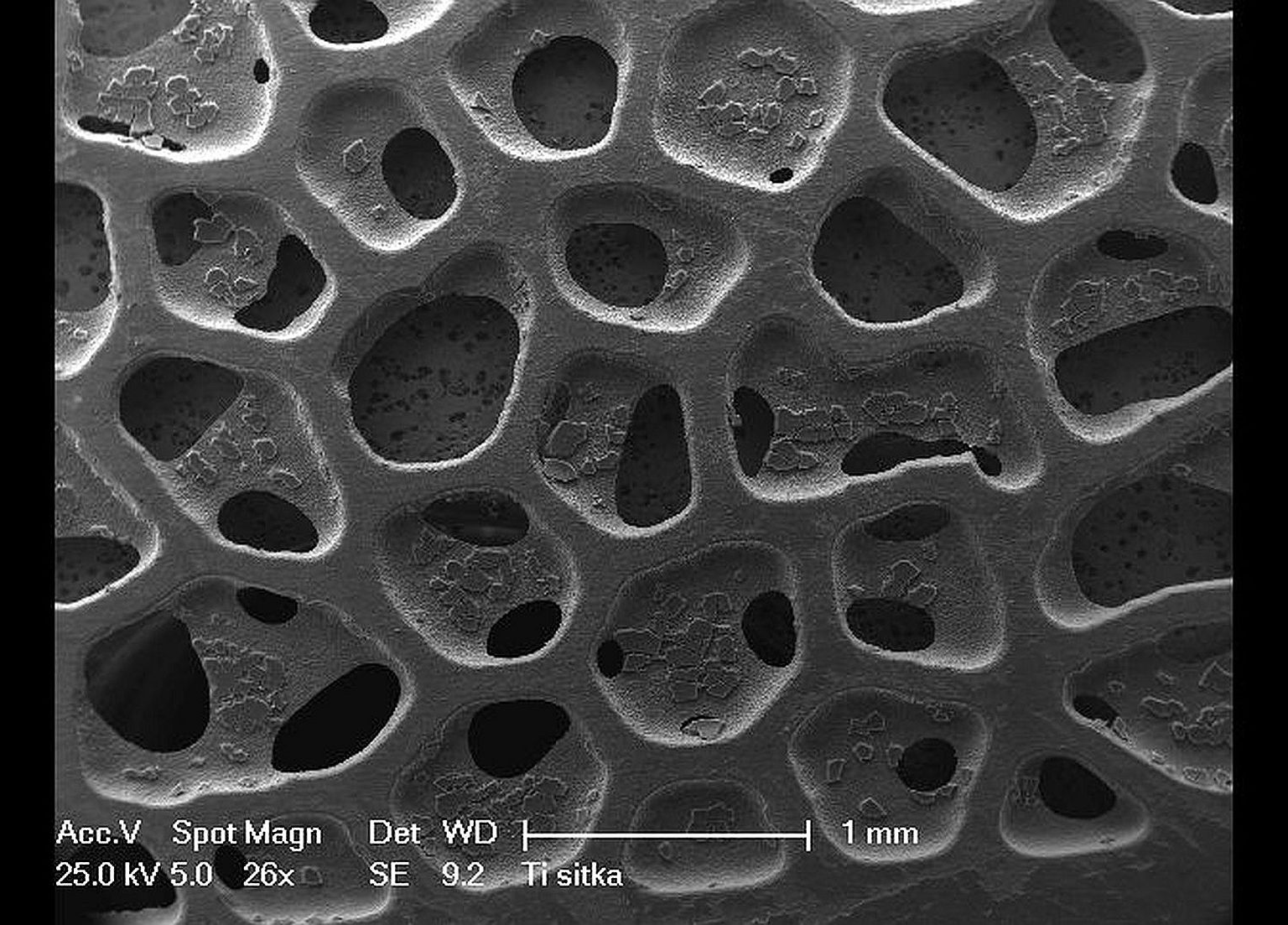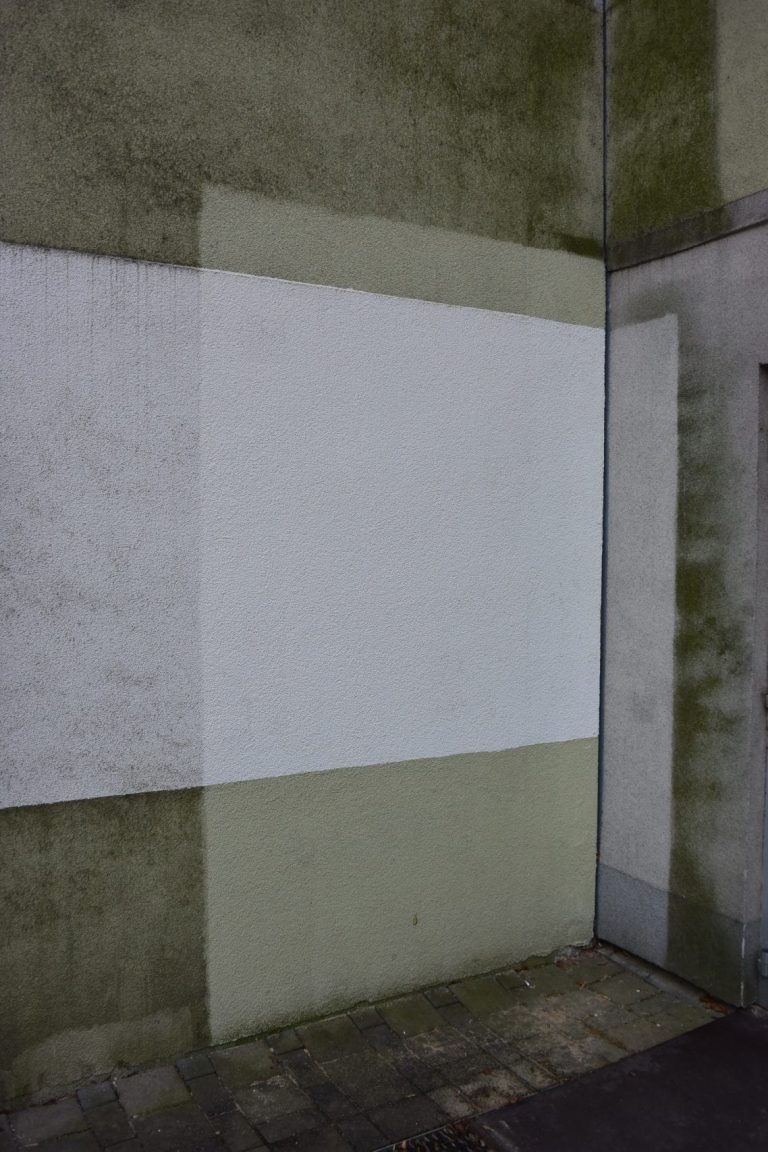Contact person: Jan Šubrt
A series of photoactive nanocomposite coating systems with solar self-cleaning and disinfecting functions have been developed, and their subsequent specific applications have been tested. These applications include the preventive treatment of insulated panel buildings to prevent algae growth and the surface protection of historic buildings and other heritage-protected sites. Both cases have direct and indirect positive impacts on the environment. A societally significant achievement is the mapping and cataloguing of insulated panel buildings affected by algae growth across the Czech Republic and historic buildings within Prague that are suitable for photoactive surface treatment. All stages of the innovation cycle, from basic research to production, are in progress. Some types (e.g., a transparent photocatalytic coating based on a SiO2 composite) are being produced by the company Barvy a Laky Letovice and applied for the protection of panel buildings by the company Pragotherm.

Fig. 1: SEM image of a cross-section of the photocatalytically active layer

Fig. 2: TEM image of the morphology of the Ti mesh
The intellectual property of the Institute of Inorganic Chemistry (IIC) is protected by agreements between the participants and by utility models: "Acrylic Coating Material with Photocatalytic Function," utility model 31688; "Coating Material with Photocatalytic Function," utility model 30342; "Acrylic Coating Material with Photocatalytic Function," utility model 30198. Collaborating institutions and companies include the J. Heyrovský Institute of Physical Chemistry of the Czech Academy of Sciences, the Technical University of Liberec, BARVY A LAKY TELURIA, s.r.o., and PRAGOTHERM, facade services. Future work is expected to continue optimizing the composition of coatings for facade protection and exploring new applications in self-cleaning protection for heritage-protected buildings. The research was supported by a TACR grant in 2019-2021.
